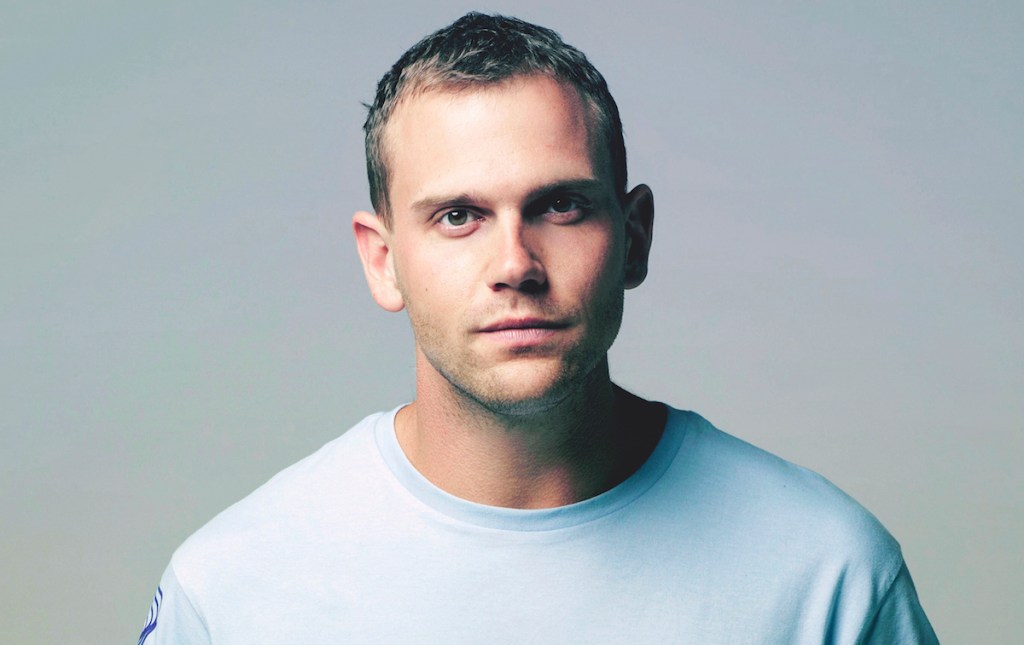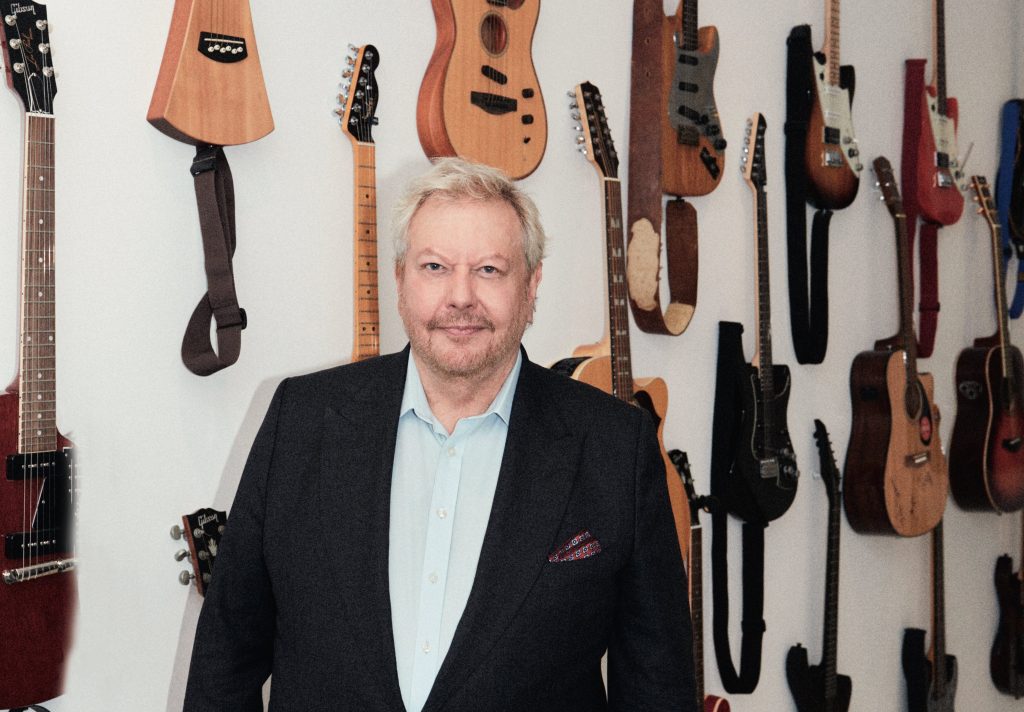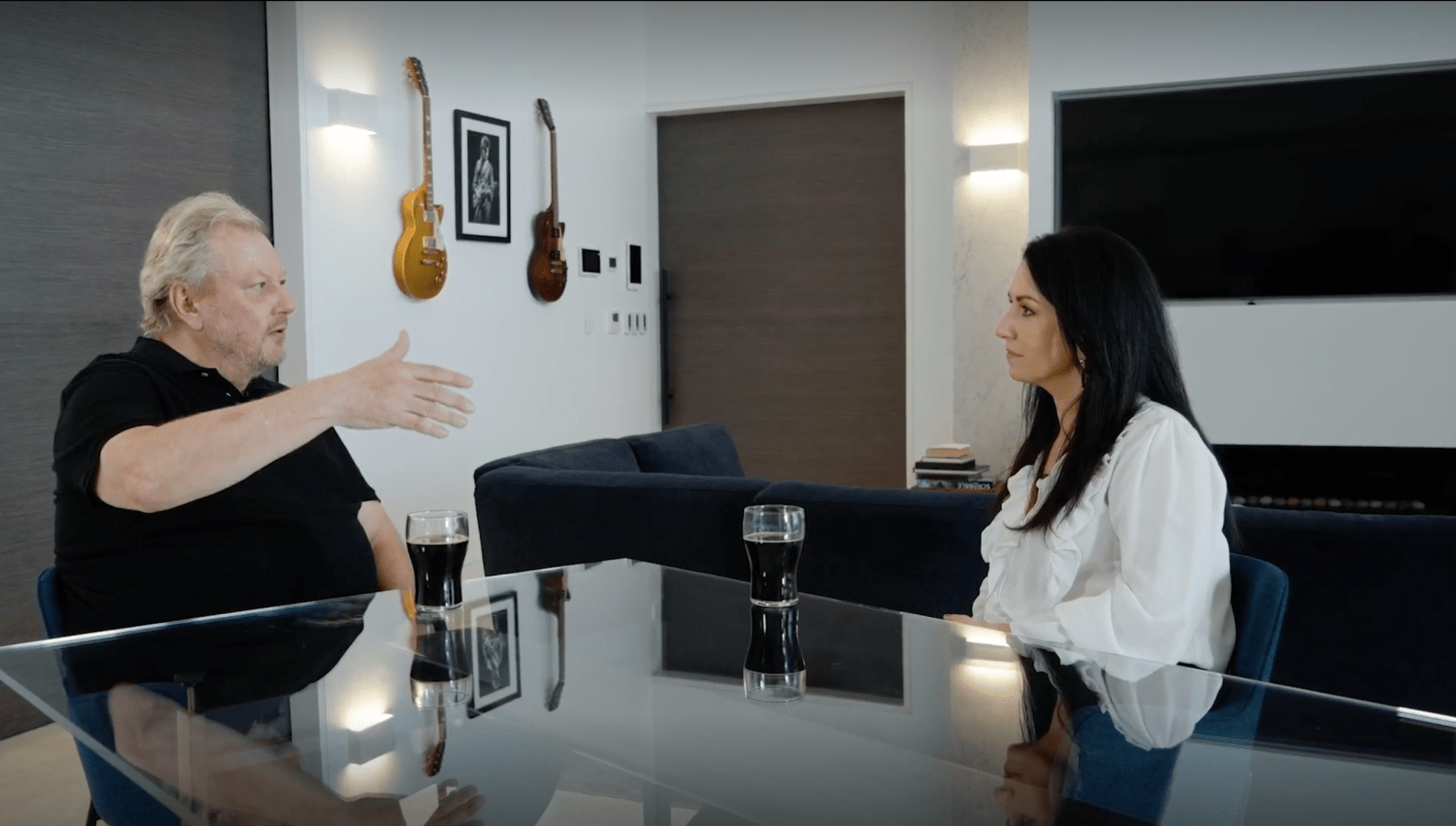Josh Simons’ family is the stuff of music legend. His grandfather was an early partner in Leeds Publishing, which went on to become what’s today known as Universal Music Publishing Group. Today, Simons is at the helm of Australia’s only ASX-listed music business, Jaxsta. With an acquisition and launch under its belt and a cash injection from billionaire Richard White, Simons is ready for Jaxsta’s next phase: revenue growth.

Jaxsta emerged on the music scene back in 2015 as a music credentials database, founded by Jacqui Louez Schoorl and her husband Louis Schoorl in Sydney. By 2018, it had listed on the Australian Securities Exchange (ASX) as a public company. The Schoorls have since stepped away from the business, but the problem they set out to solve is still evident in the industry.
“Music metadata is crucial for creators,” Alli Galloway, Jaxsta’s chief marketing officer, tells Forbes Australia. “There needs to be a consistent and transparent source of truth for the music industry in terms of rights holders.” It comes down to royalty flow – or who owns what, Simons adds.
On this problem, Galloway references the famous music ‘blackbox’ – a large chunk of royalties belonging to artists, but which can’t be distributed because their rights aren’t documented. Galloway estimates the entire music industry has about US$2 billion worth of unpaid royalties.
According to the MLC, or the Mechanical Licensing Collective, which collects digital audio mechanical royalties from streaming and download services in the US, it has about US$424 million in unpaid royalties alone – belonging to mostly emerging, unsigned songwriters.
Jaxsta aims to solve this problem by partnering with major record labels, independent labels, distributors and publishers. When a song is released, the metadata filters through to Jaxsta’s database and the rightsholder is attributed. The company claims to be the world’s largest database of official music credits, and to date houses more than 289 million official music credits from over 360 data partners.
“The collection societies around the world just don’t know who to pay,” Galloway says.
“In the instance of where Beyoncé releases a song, and you can see on Spotify that Beyoncé is credited as the main artist, that is correct. What Jaxsta also defines is that there are 36 other songwriters on that song that also need to generate royalty flow from it being played across all the DSPs [digital service providers] and broadcast channels all around the world.”
Today, the business consists of three divisions: Jaxsta, the music credentials database; and after a recent acquisition, Vampr, which is like a LinkedIn platform for creatives; and after a recent launch, Vinyl.com, a global record marketplace. That’s creators, industry and fans covered, Simons says.

Vampr, which was co-founded by Simons and Hunters & Collectors guitarist Baz Palmer in 2016, was acquired in February this year for about $5 million. At the time, the platform had about 1.3 million users, and was expected to drive growth in Jaxsta subscriptions. Vinyl.com was launched in May, offering a catalogue of 50,000 vinyl records across all genres.
Currently, Jaxsta has a market cap of about $23 million. But its total addressable market is huge, Simons says. The music creator tools market alone is worth about US$4 billion a year, the global vinyl market is about US$1.8 billion and the global market for royalty management was last estimated to be worth US$10 billion in 2022, and US$27 billion by 2030.
Recently, the company also received a capital injection from Simons’ long-time friend, billionaire WiseTech founder, Richard White.
Related
“I’ve known Richard for years – and I’ve been bugging him for money that whole time,” Simons says. “I approached him with Vampr about five years ago and he was intrigued, but he wanted to wait until the company found its own market, which is exactly where we got to around the time we sold to Jaxsta. We needed to do a bit of a capital raise [then], and it just involved me picking up the phone and saying, ‘Do you think it’s time we finally get into bed together?'” He did, investing $2 million into the business in exchange for a near-10% shareholding as part of a $3 million placement.

“I have been impressed by his tenacity, focus, vision and particularly the ability to build a commercial model that grows and retains revenue and customers,” White said at the time.
Revenue growth is the company’s next phase. And Both Galloway and Simons reckon they have the resumé to attack it: Simons’ family is the stuff of music legend – his grandfather was Cyril Simons, an early partner in Leeds Music, which was bought by MCA, which then became Universal Music Publishing Group. Cyril rose to managing director of UMPG, and chairman of the Performing Rights Society. “My family’s been deeply entrenched in the music world,” Simons says. “”My dad put together Paul McCartney’s publishing consortium – it’s just kind of in the family.”
Galloway, once a member of a punk girl-band more than two decades ago, spent much of her career in the UK live music sector working in promotion and a booking agent. But upon returning to Australia some seven years ago, she took up the role of head of audience at Warner Music.
“We’ve got incredible brands, products and an amazing board,” Simons says. “Our goal for the next 12 months is to tell a story through our growth in revenue. I think you’ll see that through our quarterly updates. But growth happens in a number of ways – sometimes it’s organic and sometimes it’s through acquisitions. So I’d say, ‘Watch this space’.”
Look back on the week that was with hand-picked articles from Australia and around the world. Sign up to the Forbes Australia newsletter here or become a member here.




